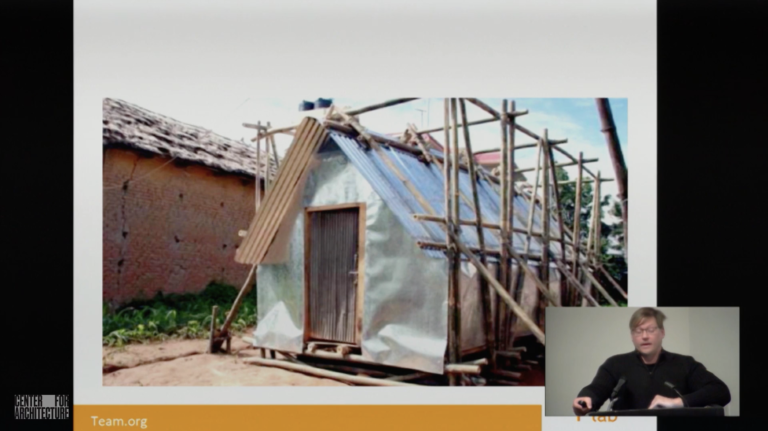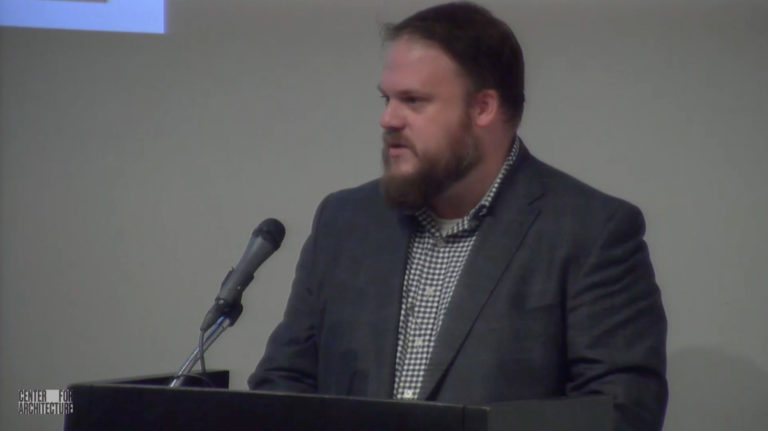Distributed energy, island energy, Combined Heat and Power (CHP), micro-grid—these are some of the terms architects and engineers will need to know about for the future of energy distribution. The capacity and integrity of our vulnerable power grid is increasingly threatened by climate change, terrorism, and demands in our technology-driven society causing general capacity overloads. The recent 2013 Cleveland blackout started on a hot day in a minor power plant, shut down Ontario, and darkened the entire Northeast. When the grid goes down, as it did during Superstorm Sandy, safety and recovery are greatly compromised. Will your community or your project be vulnerable?
This program will provide details you need to plan CHP and micro-grid projects. It will provide technical and energy planning tools for conversions, metering, controls, and thermal power generation. There are great opportunities already available, but there are also roadblocks to using these means to protect your projects from power loss. Speakers will cover not just the nuts and bolts of how to plan for and implement micro-grid technologies into projects, but also how to convince communities and clients alike, how to work with or around local, state, and federal government policy, and what you need to understand about the role of the Power Authority.
This information is especially important for professionals who build new or retrofit what New York State has identified as critical facilities: schools, hospitals, government buildings, libraries, fixed transit buildings such as airport terminals, food suppliers, and gas stations. This evening program follows a day-long symposium held at Pace University on September 30th. That event covered the grid, omnipresent threats, and how these topics relate to the goals of the New York’s SIRR and Governors 2100 report. It examined governmental policies, and requirements for design professionals. Speakers have all completed or are currently involved in projects at Princeton, Cornell, a Coney Island micro-grid, and the USDOE Solar Decathlon.
Alexander Aptekar, AIA, DURA, Assistant Professor, NYC College of Technology
Meredith Bostwick-Lorenzo Eiroa, AIA, Associate Director, Skidmore, Owings & Merrill
Martin Levine, Professor, CUNY Building Performance Lab
Brendan Weiden, PE, Partner, Jaros Baum & Bolles
Nick Martin, Energy Policy Associate, Pace Energy and Climate Center
Jim Skillman, Customer Project Manager, Distributed Energy Projects, Con Edison
Welcome and Introductions:
Lance Jay Brown, FAIA, 2014 President, AIA New York Chapter, and Founding Co-Chair, AIANY Design for Risk and Reconstruction Committee (DfRR)
Pat Sapinsley, AIA, Co-Chair, AIANY Committee on the Environment (COTE)
Illya Azaroff, AIA, Founding Co-Chair, AIANY Design for Risk and Reconstruction (DfRR)
Moderator:
Pat Sapinsley, AIA, Co-Chair, AIANY Committee on the Environment (COTE)
Organized by:
Design for Risk and Reconstruction (DfRR ), AIANY Committee on the Environment (COTE)
Program Partners:
Pace Energy & Climate Center/Pace Law School International District Energy Association (IDEA)



